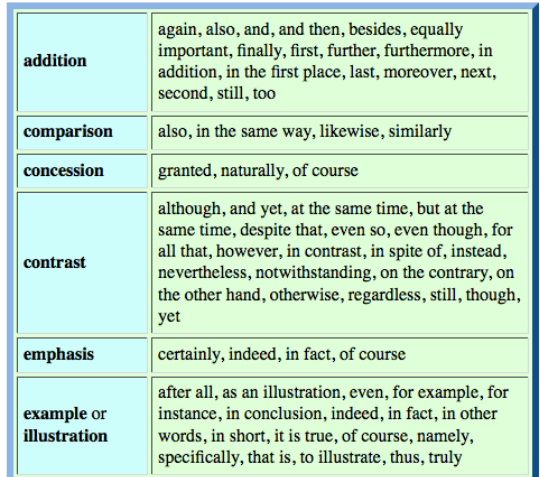
In the body paragraphs you delve deeper into the points made in your intro paragraph. Following the last body paragraph, you will provide a conclusion paragraph. In your conclusion you will sum up the points you made, and restate your thesis. Example of a short 5 paragraph essay about writing an essay short story, writing, structure, introduction, body, conclusion, continuity. Materials Needed. paper and pencil The Lesson. Share with students that in this activity they will create short stories that only have three paragraphs. Introduce the three elements you want them to focus on as they write their stories. The first paragraph is the Open the paragraph by phrasing the idea in a short line. Provide supporting points to each idea, leaving space of lines between the points. In the given space, explain or elaborate over the idea; End each paragraph with a conclusion to the idea; can be optional. CONCLUSION: The section of the essay that provides it a closure is the Conclusion part
How to write the introduction, body and conclusion of an essay - Writing Samples and Tips
Plot is an element of literature that explains what happens in a story. Stories often have a clear beginning, middle and end, which can also be called the introduction, body and conclusion, respectively. Each event in a story has a purpose, which might be to show relationships or create conflict between characters.
By outlining the parts of a story, students might be better able to identify conflict or the meaning of the narrative. The introduction, more formally referred to as the exposition, is the beginning of the story. During this stage of the plot, the narrator introduces the setting and characters.
The author short story with introduction body and conclusion also introduce the main conflict in the exposition. If you drew a plot diagram, which often looks like a pyramid, the introduction would be found at the bottom left of the pyramid.
The body accounts for the bulk of a story, and it includes a few stages of short story with introduction body and conclusion plot. The rising action, found at the ascending line on the left side of a plot diagram, draws readers into a story and short story with introduction body and conclusion the conflict between characters.
Just as the side of a pyramid rises to a point at the top, the rising action continues to build until the peak, known as the climax. The climax, often seen as the most suspenseful or exciting part of a story, is the turning point, short story with introduction body and conclusion. The falling action follows, represented by the descending line on the right side of the plot diagram.
During the falling action, conflict might begin to resolve, or you might see a change in characters, such as catharsis or development that leads the characters into a new way of thinking. The conclusion of a story, often called the resolution or denouement, is represented by the bottom of the pyramid on the right side. During the conclusion, loose ends are tied up and the conflict is resolved.
Many stories have clear-cut plots that follow a simple pyramid shape, but other stories might have a slightly different structure. The dramatic, or progressive, plot is one that follows the pyramid diagram and tells events in the story in chronological order.
Episodic plots, also in chronological order, have several little pyramids, with rising action leading to a climax in each event, short story with introduction body and conclusion. Parallel plots weave two separate story lines together, which are often linked with a central character or theme. Flashbacks or nonlinear stories tell events out of order, but they also have an introduction to set up characters or conflict. This introduction is followed by the body, in which incidents occur out of sequence but ultimately lead to a climax.
The ending might take the reader back to the present moment and wrap up the story. Cara Batema is a musician, teacher and writer who specializes in early childhood, special needs and psychology.
SinceBatema has been an active writer in the fields of education, parenting, science and health. She holds a bachelor's degree in music therapy and creative writing. How to Set Up a Narrative Paragraph. Structure of a Shakespearean Play. How to Identify the Plot for a Literary Activity. What Are Parts of a Plot's Exposition? How to Write an Outline to a Short Story. Cara Batema Updated May 25, References Boise State University: Mrs.
Welty's Guide to Literary Elements: Elements of a Short Story Scholastic: Plot Diagram.
ESL - The Structure of a Short Story - (including plot diagram)
, time: 6:48Paper Writing - Introduction/Body/Conclusion Tutorial | Sophia Learning
Introduction; Step 1: Analyse the brief; Step 2: Formulate a provisional thesis statement; Step 3: Gather data (read and make notes) Step 4: Organise data and ideas, revise thesis statement; Step 5: Write the middle paragraphs; Step 6: Write introduction and conclusion; Step 7: Edit and proofread; Conclusion and bibliography; Model essay one; Model essay two Open the paragraph by phrasing the idea in a short line. Provide supporting points to each idea, leaving space of lines between the points. In the given space, explain or elaborate over the idea; End each paragraph with a conclusion to the idea; can be optional. CONCLUSION: The section of the essay that provides it a closure is the Conclusion part Body paragraphs help you prove your thesis and move you along a compelling trajectory from your introduction to your conclusion. If your thesis is a simple one, you might not need a lot of body paragraphs to prove it. If it’s more complicated, you’ll need more body paragraphs
No comments:
Post a Comment